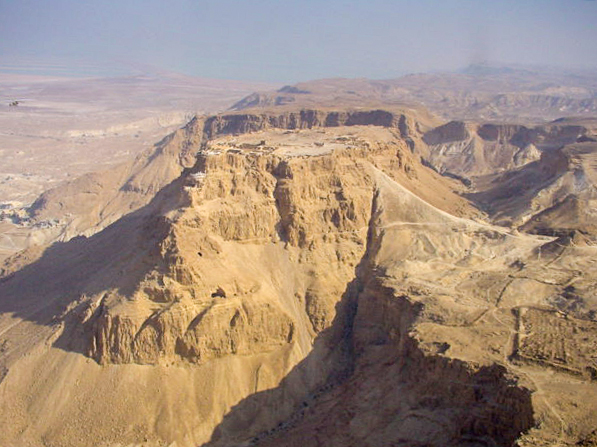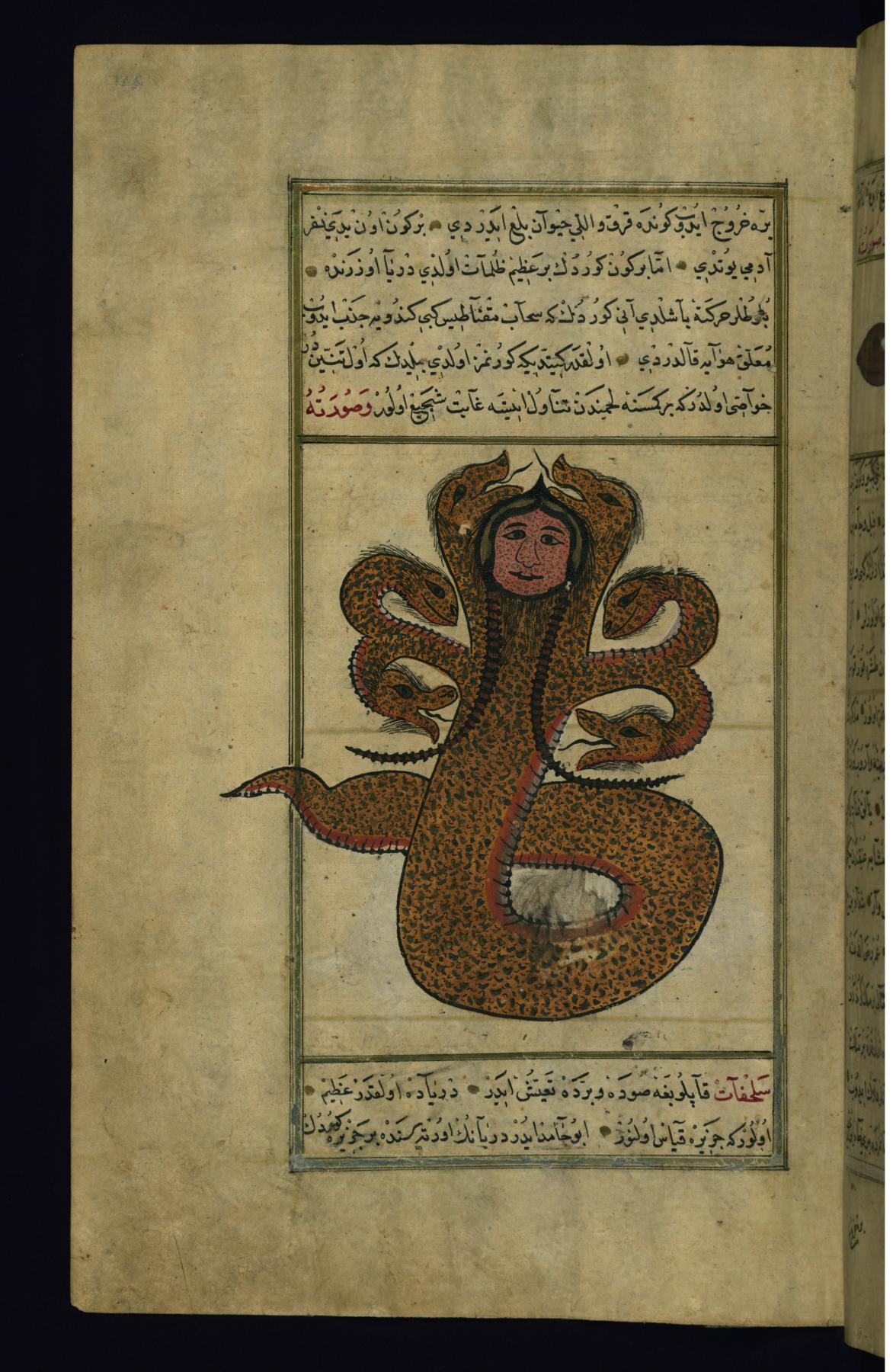|
Nahal Tanninim
Nahal Taninim or Tanninim ( he, נחל תנינים, , Crocodiles Stream) or Wadi az-Zarka ( ar, وَادِي الزرقاء, , Blue Stream) is a river in Israel near the Arab town Jisr az-Zarqa, originating near Ramot Menashe and emptying into the Mediterranean Sea south of Ma'agan Michael. It marks the southern limit of the Hof HaCarmel, or Carmel Coastal Plain region. Etymology The river is named for the Nile crocodiles that inhabited the nearby Kebara swamps until the early 20th century. The last crocodile was hunted in 1912One of the last clean rivers in Israel , 30 January 2014 and is part of a German |
German Association Of The Holy Land
The German Association of the Holy Land, German: ''Deutscher Verein vom Heiligen Lande'' (DVHL), is a Roman Catholic organisation, which aims to strengthen the relationship between Christians in Germany and the Holy Land. DHVL was founded in 1895 in Rhenish Prussia as a legal entity under state protection. The Association's main office is in Cologne.Status of the German Association of the Holy Land (memento of the original, 24 September 2015) History The German Association of the Holy Land was founded on 30 July 1895 at a general meeting. It was created through the merging of the Association of the Holy Sepulchre (German: ''Verein vom Heiligen Grabe'') and the Palestine Union of the German Catholics. The former was founded in 1855 by the initiative of the then canon of the Cologne Cathedral Gottfried Strauß and the latter was established in 1885. A government decree signed on 11 March 1895 gives to the DVHL the status of a legal entity under the protection of the German state, ... [...More Info...] [...Related Items...] OR: [Wikipedia] [Google] [Baidu] |
Wildlife Of Israel
The wildlife of Israel includes the flora and fauna of Israel, which is extremely diverse due to the country's location between the temperate and the tropical zones, bordering the Mediterranean Sea in the west and the desert in the east. Species such as the Syrian brown bear and the Arabian ostrich have become extinct in Israel because of their loss of habitat. As of May 2007, 190 nature reserves have been established in Israel. Fauna Mammals Israel contains a variety of mammals due to its geographical and climatic diversity. For many of the mammals, Israel is the border of their territory. The territories of species which originate in the Palearctic generally stop at the deserts and those who originate from the African deserts usually stop at the Mediterranean coasts. Most of the mammals in Israel are of a Palearctic origin and about a tenth of the mammals are endemic to its general area. The Land of Israel once contained a variety of mammals, however in recent times m ... [...More Info...] [...Related Items...] OR: [Wikipedia] [Google] [Baidu] |
Tourism In Israel
Tourism in Israel is one of Israel's major sources of income, with a record 4.55 million tourist arrivals in 2019, and, in 2017, contributed NIS 20 billion to the Israeli economy making it an all-time record. Israel offers a plethora of historical and religious sites, beach resorts, natural sites, archaeological tourism, heritage tourism, adventure tourism, and ecotourism. Israel has the highest number of museums per capita in the world. For practical reasons, this article also covers tourism in the Israeli-occupied West Bank and the occupied Golan Heights, since it is closely interconnected with the mass tourism in Israel. In 2017, the most popular paid tourist attraction is Masada. The most visited city was Jerusalem and the most visited site was the Western Wall. The largest percentage of tourists came from the United States accounting for 19% of all tourists, followed by Russia, France, Germany, the United Kingdom, China, Italy, Poland, and Canada. Religious tourism is v ... [...More Info...] [...Related Items...] OR: [Wikipedia] [Google] [Baidu] |
National Parks And Nature Reserves Of Israel
National parks of Israel are declared historic sites or nature reserves, which are mostly operated and maintained by the National Nature and Parks Authority. As of 2015, Israel maintains 81 national parks and more than 400 nature reserves, many of them in the occupied West Bank, that protect 2,500 species of indigenous wild plants, 32 species of fish, 530 species of birds and 100 species of mammals.Where the Golan’s rivers flow into the Sea of Galilee The Times of Israel. Aviva and Shmuel Bar-am. 29/08/15: "As time passed, and with the help of some extraordinary personalities with drive and ambition, the Knesset legislated two official Authorities to deal with our natural heritage: The National Parks Authority and the Nature Reserves Authority. Both began ... [...More Info...] [...Related Items...] OR: [Wikipedia] [Google] [Baidu] |
Geography Of Israel
The geography of Israel is very diverse, with desert conditions in the south, and snow-capped mountains in the north. Israel is located at the eastern end of the Mediterranean Sea in Western Asia. It is bounded to the north by Lebanon, the northeast by Syria, the east by Jordan and the West Bank, and to the southwest by Egypt. To the west of Israel is the Mediterranean Sea, which makes up the majority of Israel's coastline, and the Gaza Strip. Israel has a small coastline on the Red Sea in the south. Israel's area is approximately , which includes of inland water. Israel stretches from north to south, and its width ranges from at its widest point to at its narrowest point. It has an Exclusive Economic Zone of . The Israeli-occupied territories include the West Bank, , East Jerusalem, and the Golan Heights, . Geographical features in these territories will be noted as such. Of these areas, Israel has annexed East Jerusalem and the Golan Heights, an act not recognized by t ... [...More Info...] [...Related Items...] OR: [Wikipedia] [Google] [Baidu] |
Warblers
Various Passeriformes (perching birds) are commonly referred to as warblers. They are not necessarily closely related to one another, but share some characteristics, such as being fairly small, vocal, and insectivorous. Sylvioid warblers These are somewhat more closely related to each other than to other warblers. They belong to a superfamily also containing Old World babblers, bulbuls, etc. * "Old World warblers", formerly all in family Sylviidae ** Leaf warblers, now in family Phylloscopidae ** Typical bush warblers, now in family Cettiidae ** Grass warblers and megalurid bush-warblers, now in family Locustellidae ** Marsh and tree warblers, now in family Acrocephalidae ** True warblers or sylviid warblers, remaining in family Sylviidae or moved into the Timaliidae ** Cisticolid warblers, family Cisticolidae * Malagasy warblers, the newly assembled family Bernieridae Passeroid warblers The two families of American warblers are part of another superfamily, which unites ... [...More Info...] [...Related Items...] OR: [Wikipedia] [Google] [Baidu] |
Surface Runoff
Surface runoff (also known as overland flow) is the flow of water occurring on the ground surface when excess rainwater, stormwater, meltwater, or other sources, can no longer sufficiently rapidly infiltrate in the soil. This can occur when the soil is saturated by water to its full capacity, and the rain arrives more quickly than the soil can absorb it. Surface runoff often occurs because impervious areas (such as roofs and pavement) do not allow water to soak into the ground. Furthermore, runoff can occur either through natural or man-made processes. Surface runoff is a major component of the water cycle. It is the primary agent of soil erosion by water. The land area producing runoff that drains to a common point is called a drainage basin. Runoff that occurs on the ground surface before reaching a channel can be a nonpoint source of pollution, as it can carry man-made contaminants or natural forms of pollution (such as rotting leaves). Man-made contaminants in runoff i ... [...More Info...] [...Related Items...] OR: [Wikipedia] [Google] [Baidu] |
Third Crusade
The Third Crusade (1189–1192) was an attempt by three European monarchs of Western Christianity (Philip II of France, Richard I of England and Frederick I, Holy Roman Emperor) to reconquer the Holy Land following the capture of Jerusalem by the Ayyubid sultan Saladin in 1187. For this reason, the Third Crusade is also known as the Kings' Crusade. It was partially successful, recapturing the important cities of Acre and Jaffa, and reversing most of Saladin's conquests, but it failed to recapture Jerusalem, which was the major aim of the Crusade and its religious focus. After the failure of the Second Crusade of 1147–1149, the Zengid dynasty controlled a unified Syria and engaged in a conflict with the Fatimid rulers of Egypt. Saladin ultimately brought both the Egyptian and Syrian forces under his own control, and employed them to reduce the Crusader states and to recapture Jerusalem in 1187. Spurred by religious zeal, King Henry II of England and King Philip II of F ... [...More Info...] [...Related Items...] OR: [Wikipedia] [Google] [Baidu] |
Tannin (monster)
Tannin ( he, תַּנִּין ''tannīn''; syr, ܬܢܝܢܐ ''tannīnā'' plural: ''tannīnē''; ar, التنين ', ultimately from Akkadian 𒆗𒉌𒈾 ''dannina'') or Tunnanu (Ugaritic: 𐎚𐎐𐎐 ''tnn'', likely vocalized ''tunnanu'') was a sea monster in Canaanite and Hebrew mythology used as a symbol of chaos and evil. Canaanite mythology Tannin appears in the Baal Cycle as one of the servants of Yam () defeated by Baʿal () or bound by his sister, Anat. He is usually depicted as serpentine, possibly with a double tail. Hebrew mythology The ''tanninim'' () also appear in the Hebrew Bible's Book of Genesis,. Exodus, Deuteronomy, Psalms, Job, Ezekiel, Isaiah, and Jeremiah. They are explicitly listed among the creatures created by God on the fifth day of the Genesis creation narrative, translated in the King James Version as "great whales". The tannin is listed in the apocalypse of Isaiah as among the sea beasts to be slain by Yahweh "on that day", translated in the ... [...More Info...] [...Related Items...] OR: [Wikipedia] [Google] [Baidu] |
Achaemenid
The Achaemenid Empire or Achaemenian Empire (; peo, wikt:𐎧𐏁𐏂𐎶, 𐎧𐏁𐏂, , ), also called the First Persian Empire, was an History of Iran#Classical antiquity, ancient Iranian empire founded by Cyrus the Great in 550 BC. Based in Western Asia, it was contemporarily the List of largest empires, largest empire in history, spanning a total of from the Balkans and ancient Egypt, Egypt in the west to Central Asia and the Indus River, Indus Valley in the east. Around the 7th century BC, the region of Persis in the southwestern portion of the Iranian plateau was settled by the Persians. From Persis, Cyrus rose and defeated the Medes, Median Empire as well as Lydia and the Neo-Babylonian Empire, marking the formal establishment of a new imperial polity under the Achaemenid dynasty. In the modern era, the Achaemenid Empire has been recognized for its imposition of a successful model of centralized, bureaucratic administration; its multicultural policy; building comp ... [...More Info...] [...Related Items...] OR: [Wikipedia] [Google] [Baidu] |
Tel Tanninim
Tel Tanninim ( he, תל תנינים, , Crocodiles Mound), in Arabic Tell al-Milāt (lit. 'Mortar Mound')Stieglitz, Robert R.''Tel Tanninim'' 2000, accessed 17 February 2021 is an ancient tell (archaeological mound) on the shore of the Mediterranean, near the mouth of Nahal Tanninim ('Crocodiles Stream'), in the vicinity of the modern Arab town of Jisr az-Zarka, Israel. Names The Modern Hebrew names of the mount and the river hark back to the Nile crocodiles that used to live in the river and the now drained nearby Kabbara swamps until the beginning of the 20th century – ''tannin'' (singular) and ''tanninim'' meaning crocodile/s in Hebrew. The Greek name of the Hellenistic town was Krokodeilon polis, 'Crocodiles City' (Strabo and Pliny), also spelled CrocodeilopolisStrabo, ''Geography'', Book XVI, Chapter 2, lin27 Accessed 2 June 2020. or Crocodilopolis. Migdal Malhā, the Aramaic name from the Byzantine period, as well as the Crusader name, Turris Salinarum, translate to ... [...More Info...] [...Related Items...] OR: [Wikipedia] [Google] [Baidu] |

.jpg)


.jpg)



.jpg)